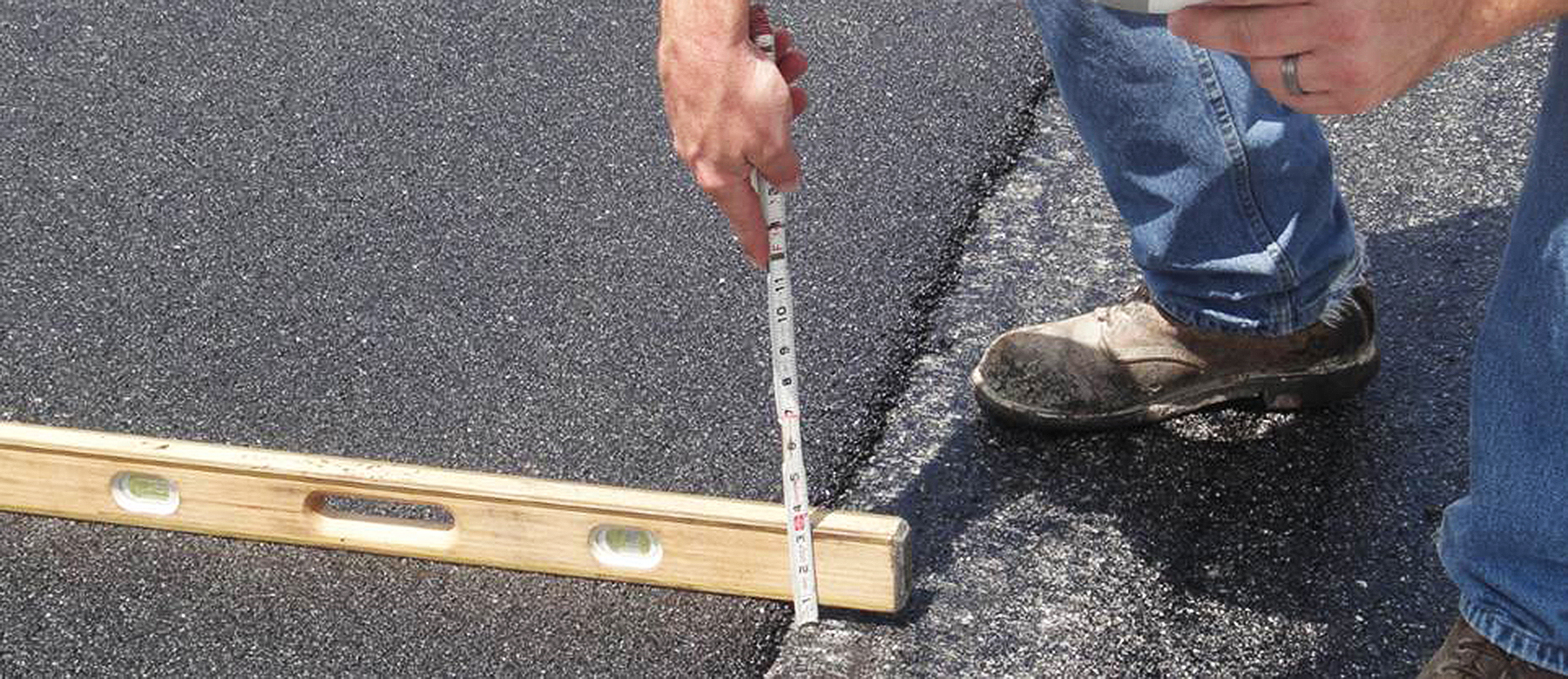Hot Mix Asphalt: The Foundation for Safe and Secure Angled Parking Lots
Hot Mix Asphalt: The Foundation for Safe and Secure Angled Parking Lots
Blog Article
Unlocking the Tricks of Hot Mix Asphalt Innovation
Discovering the depths of warm mix asphalt innovation reveals a world where accurate formulas and careful processes converge to form our roadways and framework. The combination of aggregates, binders, and fillers isn't simply a construction task yet a critical orchestration of longevity and performance. As we peer into the elaborate dance of parts, a tapestry of durability and sustainability unfolds. What lies under this surface area of asphaltic mastery, and what keys wait to be revealed in the realm of leading developments?
Importance of Hot Mix Asphalt
Warm Mix Asphalt plays a crucial role in contemporary facilities advancement due to its toughness and cost-effectiveness. As the most generally made use of leading product for roadways, freeways, and auto parking whole lots, Warm Mix Asphalt uses a variety of advantages that contribute to its value in building jobs.
The sturdiness of Hot Mix Asphalt stems from its make-up, which includes accumulations, binder, and filler materials that are carefully picked and mixed to fulfill certain efficiency demands. Overall, the relevance of Hot Mix Asphalt in framework advancement can not be underrated, as it continues to be a keystone of contemporary building and construction methods.
Components of Asphalt Mixes
The structure of asphalt blends includes meticulously chosen accumulations, binder, and filler materials that are vital for achieving certain efficiency demands. Accumulations are the primary element of asphalt blends, providing stamina and security. These aggregates can be all-natural, such as crushed rock or crushed rock, or artificial, like recycled materials from old pavements. The binder, commonly bitumen or asphalt cement, holds the accumulations together and offers adaptability and sturdiness to the mix. The option of the binder is crucial as it directly affects the mix's performance in different weather. Fillers, such as hydrated lime or Portland cement, are utilized to boost the mix's workability and aging resistance. Angled Parking.
The mix and percentage of these parts play a substantial duty in establishing the top quality and efficiency of the asphalt mix. Designers very carefully create the mix to satisfy certain demands, thinking about elements like web traffic volume, environment problems, and sidewalk life expectancy. Appropriate selection and balancing of accumulations, binder, and fillers are crucial for developing long lasting, resilient asphalt pavements.
Mixing and Manufacturing Methods

When the aggregates are chosen, the binder, typically asphalt cement, is included in bind the materials together. The binder's quality and quantity significantly impact the mix's toughness, resistance, and adaptability to ecological aspects. Furthermore, fillers like hydrated lime or Portland concrete might be integrated to enhance specific features of the asphalt mix, such as other its workability or dampness resistance.
During production, the aggregates and binder are heated, commonly in between 250-325 ° F(121-163 ° C ), to assist in mixing and make certain correct finishing of the aggregates. The blending process must be thorough to attain a homogeneous combination that advertises the desired efficiency attributes of the asphalt. Various strategies, such as batch blending or drum blending, are employed to attain constant and high-quality asphalt blends for building projects.
Aspects Affecting Asphalt Efficiency
Elements affecting asphalt performance incorporate a range of variables that influence the sturdiness, long life, and general top quality of asphalt pavements. One vital element is the top quality of materials utilized in the asphalt mix. The kind and source of accumulations, the binder quality, and the additives all play a substantial role in figuring out the performance of the asphalt pavement. The rank of accumulations is crucial as it influences the mix's stability, resistance, and workability to cracking and rutting.

Ecological problems additionally influence asphalt performance. Temperature level variations, dampness seepage, and web traffic loads can all influence the structural honesty of the pavement. Style factors to consider, such as pavement density and water drainage, are vital in ensuring the long-lasting efficiency of the asphalt sidewalk. By carefully thinking about these factors, engineers and specialists can maximize asphalt performance and enhance the life span of pavements.
Sustainable Practices in Asphalt Technology

WMA permits for the production and positioning of asphalt blends at lower temperature levels contrasted to conventional hot-mix asphalt, resulting in minimized energy intake and greenhouse gas exhausts. The usage of porous asphalt blends can assist alleviate stormwater runoff concerns by permitting water to infiltrate through the pavement and right into the ground, advertising natural water purification and recharge processes.
Final Thought
To conclude, warm mix asphalt modern technology plays an essential function Recommended Reading in contemporary facilities advancement because of its longevity and cost-effectiveness. By meticulously stabilizing parts, using correct blending strategies, and taking into consideration numerous aspects, designers can produce premium asphalt mixes that endure rush hour loads and harsh climate condition. Accepting sustainable practices, such as using recycled products and warm-mix modern technologies, even more enhances the ecological kindness of asphalt innovation.
Blending and manufacturing techniques in warm mix asphalt innovation include the precise mix and processing of accumulations, binder, and fillers to develop a resilient and high-performance asphalt mix.Variables affecting asphalt performance incorporate a variety of variables that impact the longevity, durability, and general high quality of asphalt sidewalks. Sustainable practices in asphalt innovation encompass numerous initiatives intended at decreasing the ecological effect news of asphalt manufacturing and paving processes. By including recovered asphalt sidewalk (RAP) and recycled asphalt roof shingles (RAS) right into new asphalt blends, the industry can dramatically decrease the intake of raw materials and power, while also reducing landfill waste.
WMA enables for the manufacturing and placement of asphalt mixes at reduced temperatures contrasted to traditional hot-mix asphalt, resulting in decreased power consumption and greenhouse gas discharges.
Report this page